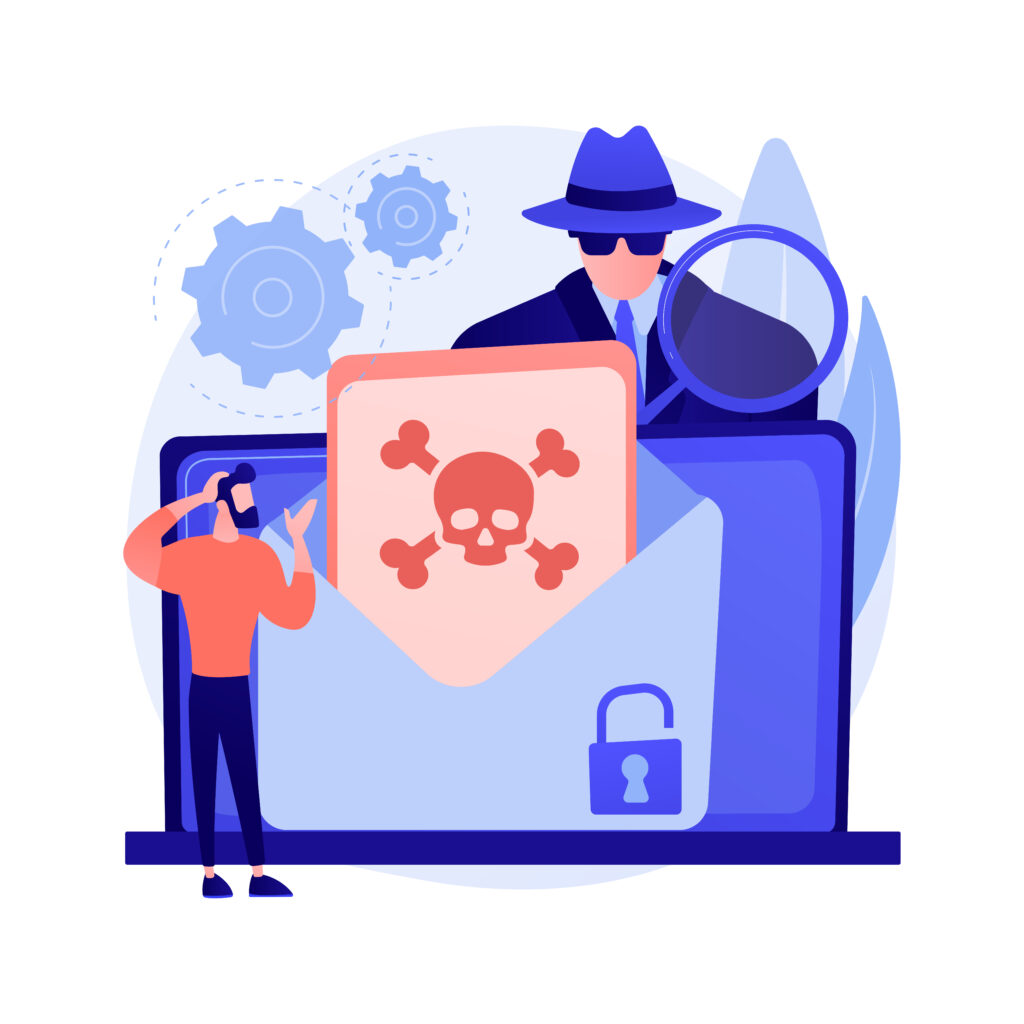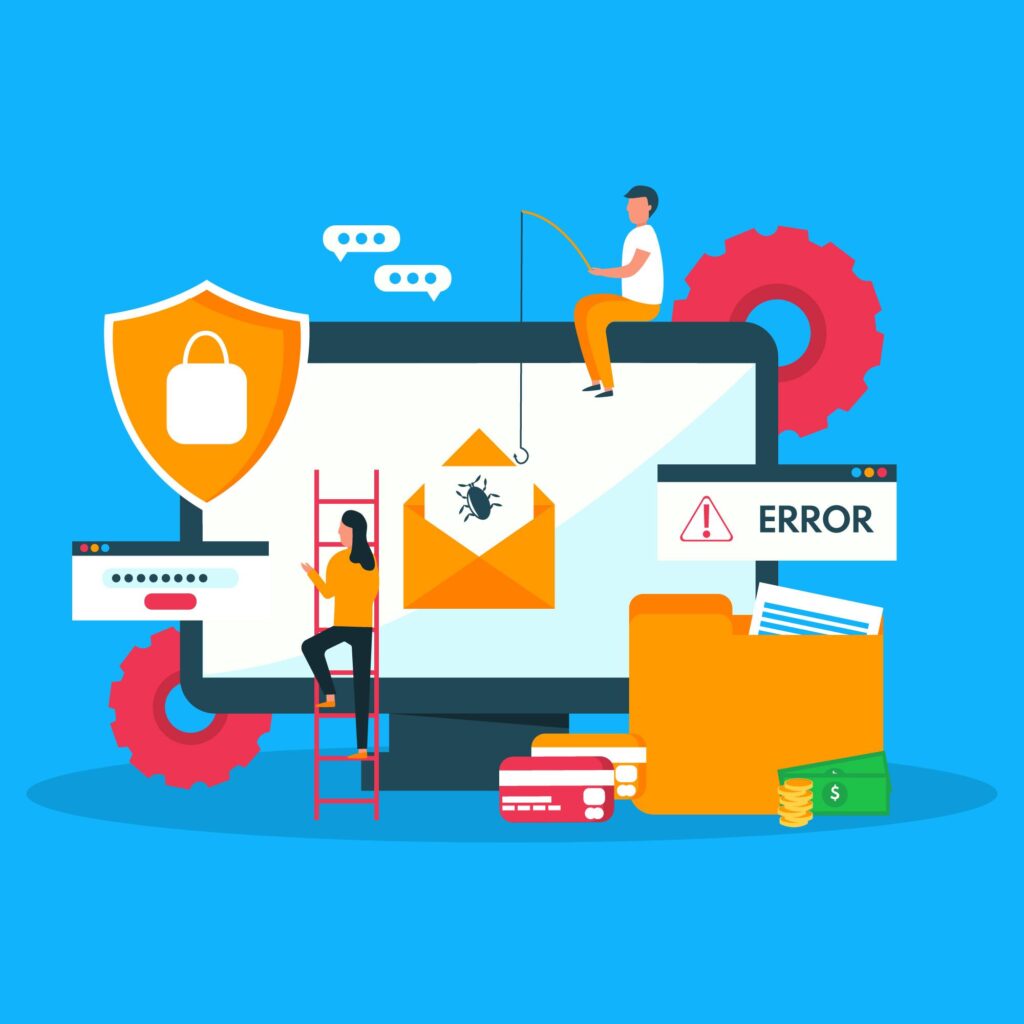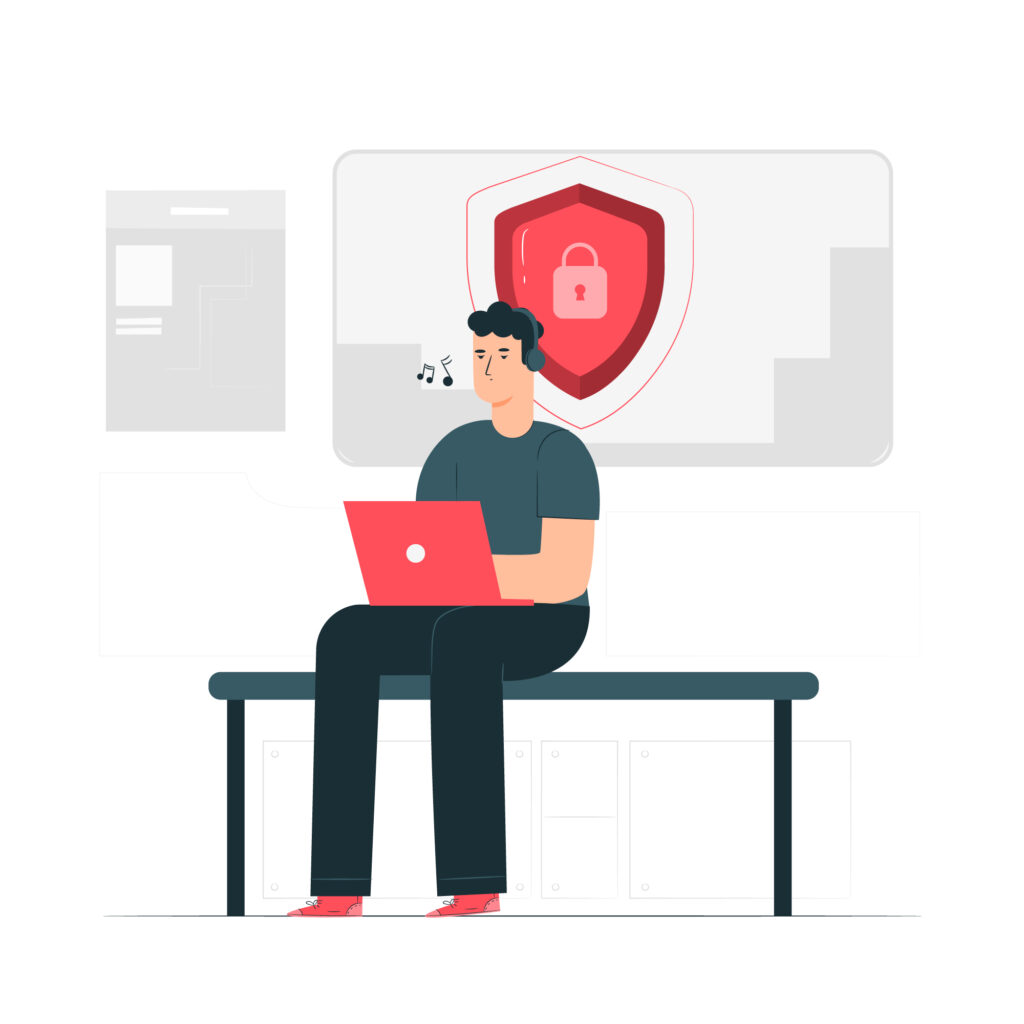 By: John Abhilash / June 18, 2024
By: John Abhilash / June 18, 2024
10 Must-Have Risk Assessment Tools to Fortify Your Application Security!
In today’s digital landscape, application security is paramount. With cyber threats constantly evolving, it’s crucial to have robust risk assessment tools in place to identify vulnerabilities and fortify your applications. Whether you’re seeking free, paid, enterprise, lightweight, open-source, AI-driven, automated, or cloud-based solutions, this blog post will guide you through the top 10 must-have tools for comprehensive application security.
Formerly known as Netsparker, Invicti is a comprehensive web application security solution renowned for its automated scanning capabilities, accurate vulnerability detection, and remediation guidance. It excels with advanced features such as Dynamic Application Security Testing (DAST), Interactive Application Security Testing (IAST), and Software Composition Analysis (SCA). Invicti is highly regarded for its accuracy, ease of use, and scalability, making it a preferred choice for organizations of all sizes.
Features: Automated scanning, DAST, IAST, SCA.
Pros: Accurate, user-friendly, scalable.
Cons: High cost for advanced features.
OWASP ZAP (Zed Attack Proxy) is a popular open-source web application security scanner. It features automated scanning, manual exploration tools, and a powerful scripting language for customization. With active community support and regular updates, OWASP ZAP is an excellent choice for those seeking a free and flexible risk assessment tool.
Features: Automated scanning, manual tools, scripting.
Pros: Free, open-source, highly customizable.
Cons: Limited to web application scanning.
OpenText is an enterprise-grade application security solution designed to cover the entire software development lifecycle. It offers Static Application Security Testing (SAST), Dynamic Application Security Testing (DAST), and Software Composition Analysis (SCA). OpenText is highly scalable, integrates seamlessly with various development tools, and provides comprehensive reporting and management capabilities, making it an ideal choice for large organizations.
Features: SAST, DAST, SCA, extensive reporting.
Pros: Scalable, integrates with development tools, detailed reports
Cons: Can be expensive for small teams.
Burp Suite Professional is a powerful yet lightweight web application security testing tool. It offers features like an intercepting proxy, scanner, intruder, repeater, and more. Burp Suite’s efficiency and ease of use make it a popular choice among security professionals and developers, especially for smaller teams or resource-constrained environments.
Features: Intercepting proxy, scanner, intruder, repeater.
Pros: Lightweight, efficient, user-friendly.
Cons: Can be expensive for small teams.

Darktrace Cyber AI is an AI-powered security solution that leverages machine learning and autonomous response capabilities. It continuously monitors applications and networks, detecting anomalies and potential threats in real-time. Darktrace’s self-learning AI technology adapts to evolving risks, providing automated risk assessment and response.
Features: Machine learning, real-time monitoring, autonomous response.
Pros: AI-driven, real-time threat detection, adaptive.
Cons: High cost, complex implementation.
Veracode is a cloud-based application security platform that offers static analysis, dynamic analysis, software composition analysis, and more. Its cloud-based architecture enables easy deployment, scalability, and accessibility from anywhere. Veracode integrates with various development tools and provides comprehensive reporting and remediation guidance.
Features: Static analysis, dynamic analysis, SCA, cloud-based.
Pros: Easy deployment, scalable, accessible.
Cons:Expensive, requires internet connectivity.
HCL AppScan is a robust application security testing solution that offers static analysis, dynamic analysis, and interactive application security testing (IAST). It provides advanced features like compliance reporting, risk prioritization, and integration with development tools. HCL AppScan is a premium tool suitable for organizations seeking a comprehensive solution with advanced capabilities.
Features: Static analysis, dynamic analysis, IAST, compliance reporting.
Pros: Comprehensive, advanced features, integrates with development tools.
Cons: High cost, steep learning curve.
Qualys Web Application Scanning is a specialized tool designed specifically for web application security. It offers automated scanning, vulnerability detection, and detailed reporting. With its focus on web applications, Qualys WAS provides in-depth analysis and tailored security assessments for web-based applications.
Features: Automated scanning, detailed reports, vulnerability detection.
Pros: Specialized for web applications, detailed analysis, user-friendly.
Cons: Limited to web applications, may require integration with other tools for complete security.
Tenable.io Web Application Scanning is a cloud-based solution that offers continuous monitoring and assessment of web applications. It automatically scans for vulnerabilities, provides real-time insights, and generates alerts for any detected risks. Tenable.io ensures ongoing security by continuously monitoring applications for emerging threats.
Features: Continuous monitoring, real-time insights, automated scanning.
Pros: Continuous assessment, real-time alerts, scalable.
Cons: High cost, requires internet connectivity.
GitGuardian is a security solution that focuses on identifying and remediating sensitive data exposure risks in source code repositories and applications. It combines static code analysis, software composition analysis, and continuous monitoring capabilities. GitGuardian not only detects vulnerabilities and data leaks but also provides detailed remediation guidance and automated remediation features. Its integrated approach streamlines the risk assessment and remediation process for sensitive data exposure risks.
Features: Static code analysis, SCA, continuous monitoring, remediation guidance.
Pros: Integrated risk assessment, automated remediation, focuses on sensitive data exposure.
Cons: Limited to source code and application security, requires technical expertise for setup.
Choosing the right risk assessment tool is crucial for fortifying your application security. Whether you’re seeking the best overall solution, a free open-source option, an enterprise-grade platform, a lightweight tool, AI-driven automation, a cloud-based solution, a comprehensive paid tool, a specialized offering, continuous monitoring, or integrated remediation capabilities, this list of 10 must-have tools provides a diverse range of options to meet your specific needs. Evaluate your requirements, budgets, and organizational goals to select the tool(s) that best align with your application security strategy.
By implementing these risk assessment tools, you can proactively identify and mitigate vulnerabilities, ensuring your applications remain secure against evolving cyber threats. Whether you are a small startup or a large enterprise, investing in the right tools will significantly enhance your security posture and protect your digital assets.
Key Features of Guardian:
1.Shift Left Security : Early Vulnerability Detection
2.Fast Track your VAPT: Gain insights to your application security posture across various assessments (SCA, SAST, DAST, IAC)
3.Security Driven Development : Streamlined Vulnerability Assessment and Penetration Testing(VAPT)
4.Integration with JIRA: Provided a centralized hub for tracking ,prioritizing and managing security issues.
5.AI powered Remediations: Immediate Resolution Guidance
In today’s dynamic threat landscape, Guardian stands as a vital ally, empowering organizations to fortify their applications against emerging cyber risks effectively. By incorporating Guardian into your security strategy, you not only enhance protection but also foster a culture of proactive security across your development teams.
Choose Guardian to strengthen your defenses and elevate your application security posture in an increasingly digital world.
Check Out our Other Resources : Master ASPM :Build a secure strategy







Leave a Comment